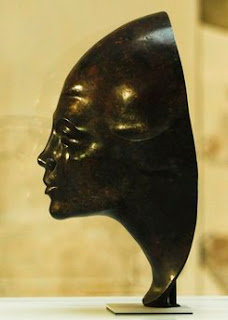 Image from |
| www.makefive.com/categories/ entertainment/boo.. |
Luckily we have realized our carelessness and are quickly trying to mediate the situation. I think I first heard mention of a dual flush toilet about ten years ago. I thought,"wow that makes sense!" but quickly realized that they were much more expensive than a conventional toilet and simply out of reach to the majority of people. Then I considered how often people replace their toilets, maybe once or twice. These are sturdy pillars of our homes that don't care much for the latest trend. That is until now!

The dual flush system is now available to the average consumer. Its the brand new One2Flush , dual flush conversion kit. This package sells for about $30 in most major home improvement stores. Taking the water hog conventional tank from old and wasteful to new and efficient. The instillation is super simple, anyone can do it in less than an hour.
This revolution in flush technology is actively making our society better. They have taken the simple act of flushing the toilet and made it have an impact. Each dual flush system saves the homeowner money on their water bill which has an economic impact on the household as well as the greater economy because they now have extra money to use in other area. The environmental impact is even greater. Water is the most limited resource we have on this planet. It is why we are unique and can sustain life. The dual flush system can save millions of gallons of water from literally being flushed away. This movement is also in its infancy, the real impact will be clear when every toilet in the world is a dual flush.
Design at its greatest takes an everyday tool and transforms it so dramatically and affectively that it becomes difficult to comprehend why we stuck with the old way for so long. The One2 products are going to revolutionize the way we use water on a daily basis and that is exactly what we need design to to in our current society.
Also, check out the Being Water Company on their blog http://www.one2flush.com/blog/















